Animal Translocation.
Bees - CLICK HERE
Exotic Feral Animals - CLICK HERE
Indigenous Animals - CLICK HERE
Snakes - CLICK HERE
African honeybees are renowned for their aggression and regular swarming. Swarms of African bees can travel up to 90 kilometres from their origin. Once they find a suitable site they settle and are initially mild tempered. But once the swarm has built up good honey stores and the number of bees increases and the slightest incident can trigger a mass attack. These “rampages” can leave domestic animals and even people dead or hospitalised. When a swarm goes wild all work stops and productivity goes out the window!
Urban Raptor Project runs a trap box system that traps swarms of bees before they can settle in. The swarms are then removed offsite and relocated elsewhere. We also remove swarms from our corporate clients.
Worldwide honeybees and other insects are under continuous threat from our injudicious pesticide use. What many people don’t realise is that every third mouthful of food we eat is as a result of bee pollination. Without bees mankind will start to starve to death in as little as 3 months.
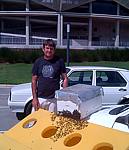
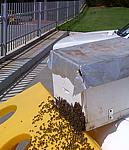
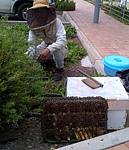

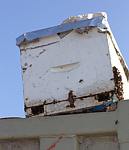
Sadly hundreds of domesticated animals [dogs, cats and rabbits] are dumped annually in our area. These animals become feral and lead a harsh existence often riddled with disease and persecuted. They also destroy indigenous wildlife in their quest for food. The two grysbuck in the photos were killed by dogs in a protected natural area.
Feral animals particularly cats are transmitting diseases like “snuffles” to our indigenous cat populations. These cats such as the Small-spotted cat and African wild cat have no resistance and die quickly from these domesticated diseases.
Legally it is a criminal offence to release any domesticated/exotic animal into the wild or anywhere that it could get into a natural area.
Well meaning individuals have set up cat colonies in factories which they monitor and feed. Although this is all fit and well the cats are continuously tormented by workers and subjected to ongoing physical abuse.
Our informed opinion is that no feral cats belong in factories and businesses and even vets that work for Animal Welfare groups openly support that view.
We trap feral cats and dogs and remove them from sites we work on. These animals are taken to local Animal Welfare agencies but invariably have to be put down because of the viruses and diseases they carry. Odd kittens are accepted to be homed but veterinary opinion is that’s it’s hard enough to house domesticated cats ,feral ones are even harder. In the best interest of the animal the majority are euthanized.
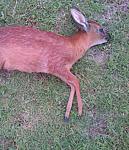
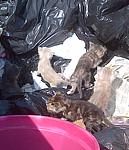
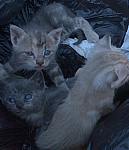
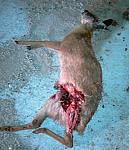
Fact
The American government commissioned a study on the effectiveness of feral cats for rodent control. The two doctors who conducted the study found that the majority of cats would rather scavenge than hunt. The minority that did hunt would not kill adult rats rather taking odd juvenile rats and mice. They found cats to be ineffective as a means of controlling rat populations in cities.
As development encroaches on natural habitats ever-increasing numbers of our indigenous wildlife are trapped or forced into unnatural situations. Urban Raptor Project has the expertise and equipment to capture and trans-locate wildlife to safe locations.
We also set up bat boxes to keep bats from roosting in roofs and have 17 bat boxes in use at the sites we work at.
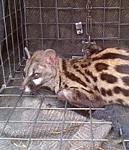
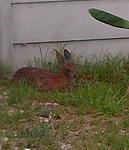
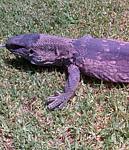
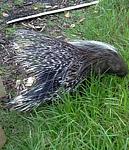
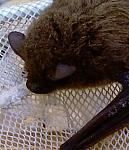
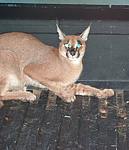
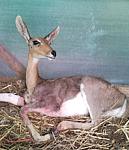
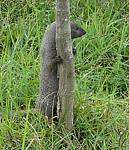
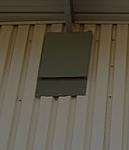
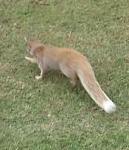
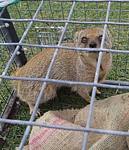
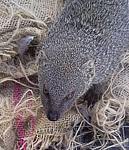
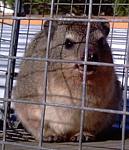
Arnold Slabbert has spent most of his life working with and keeping snakes. From the age of 8 he kept and collected hundreds of snakes and even today has a diverse collection of snakes ranging from mambas to pythons.
Urban Raptor Project runs snake awareness courses in the corporate environment designed to educate and prepare staff for the eventuality of snake and snake-bite in the workplace.
As business moves more and more into natural areas so the encounters with snakes increase and the risk of snake-bite increases as well. Although some companies allow their own staff to remove snakes the health and safety risks involved are huge. Should a staff member be bitten while removing a snake the liability will rest on the relevant company.
Most companies opt to rather call in professionals to remove the snake. We handle hundreds of corporate call-outs per year. All venomous snakes caught are re-located away from people.
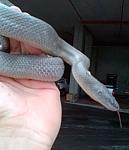
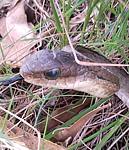
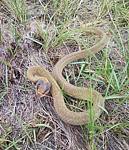
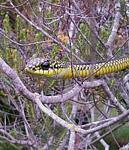
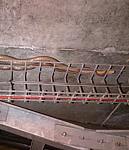
A few points of interest:
The majority of bites occur when people are trying to kill or capture the snake.
The puff-adder is responsible for most snakebite incidences in Sub-Saharan Africa.
On a venom for venom basis the Cape cobra is South Africa’s deadliest snake.
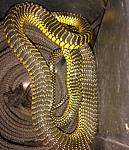
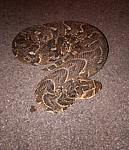
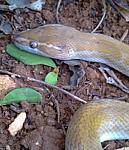
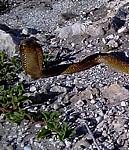
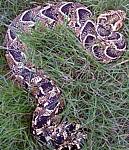
Myths:
Snake repellents. Predators repel snakes, fancy gimmicky sprays and scents belong in the same category as the Loch Ness monster and an honest politician. Ok and the ‘Tooth Fairy’ and the ‘Easter Bunny’.
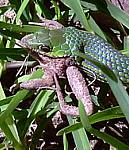
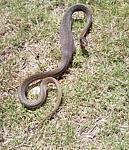
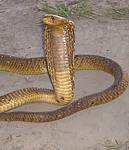
Welcome to our world…..please use the contact form to drop us a line & we will contact you.


